Be A Friend Of Smokey The Bear
Wildfire Preparedness Tips
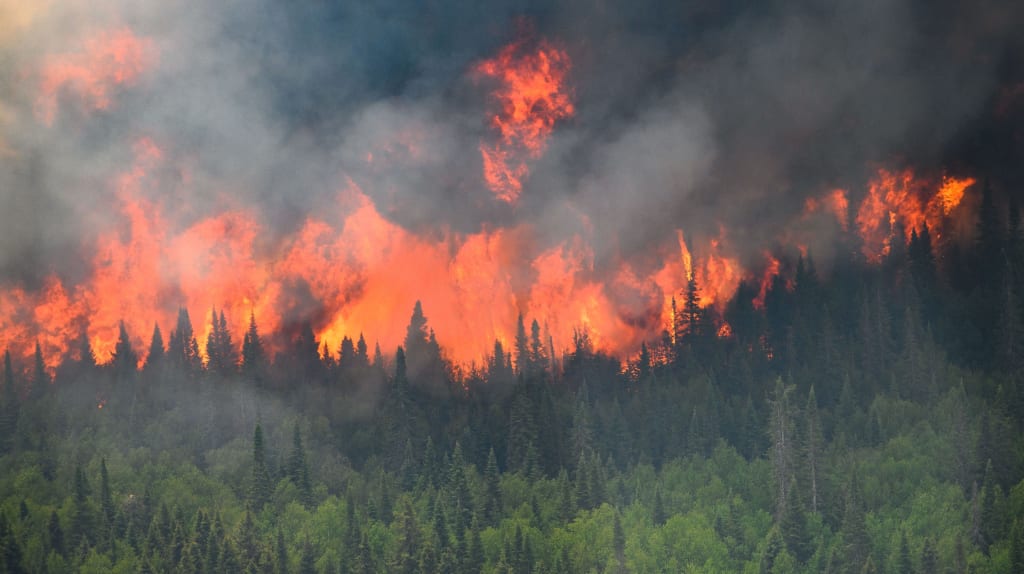
May is Wildfire Awareness Month. A wildfire is an uncontrolled fire that burns in the wildlands, often near rural communities. Though they can occur anywhere in the US, they more often happen in the Central and western regions of the country. Any type of ecosystem can experience one at any time. On average, 5-10 million acres of woodlands are destroyed each year, costing the taxpayers anywhere between $394-$893 billion. Wildfire season begins in March, but it will often peak in May once the April showers have dried out. If you are nervous about wildfires affecting your family, here are some tips to prepare you and your loved ones for one.
Know The Terminology
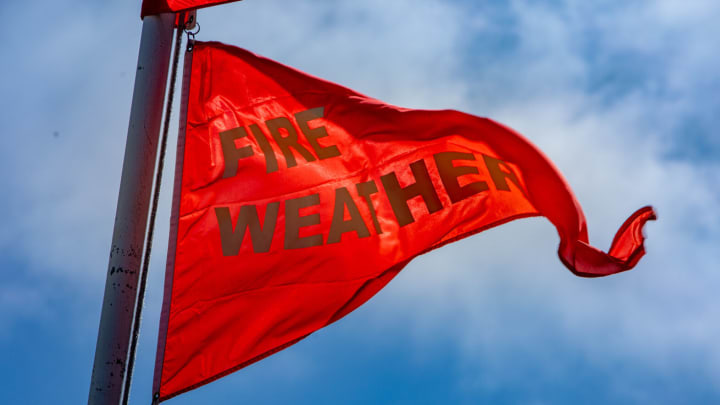
If you live in an area that is prone to wildfires, you should familiarize yourself with the Watch and Warning System used by the National Weather Service and Land Management Agencies. A Red Flag Warning is when fire conditions are right for one and are ongoing, or a wildfire is expected to occur soon. A Fire Weather Watch means conditions are possible, but one is not occurring yet. Extreme Fire Behavior implies that a fire is likely to become out of control soon. This is because the fire is moving too fast to contain it, there’s prolific crowning and/or spotting, an active presence of fire tornadoes, and there is a strong convection column.
Types Of Wildfires
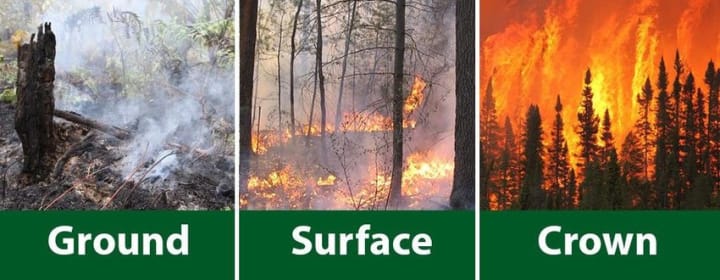
Five types of wildfires can happen. A crown fire is a fire that is burning overhead in the treetops. This spreads by jumping from tree to tree via the winds or other fuel sources like vines. These can often lead to ladder fires, which are fires that occur between low-level vegetation and tree tops. A ground fire is a slow-burning fire that produces very little smoke. It is weak and only burns dead debris. These can become surface or forest fires. A surface fire burns rapidly across the forest floor, killing everything in its path. Depending on the weather conditions and vegetation, these fires can travel up to 14 MPH. A tornado fire is a fire caused by flames found inside or outside a whirling tornado funnel.
The Human Factor

Lightning is the number one natural cause of wildfires, but they only make up 10% of the overall reported fires. Humans are responsible for the remaining 90% of wildfires. There are many things you can do to prevent causing a fire. A major one is to not set up a campfire in dry areas. If you do make sure you smother it with water until it is cold, then mix the ashes with the same water in a flame-resistant container. Don’t go off-roading through a dry brush or use equipment for it, as sparks from such items can cause a fire. Make sure your equipment has been properly maintained before using it outdoors. If you are a smoker, toss your butts into a cup of water instead of a nearby brush.
Fireproofing Your Home
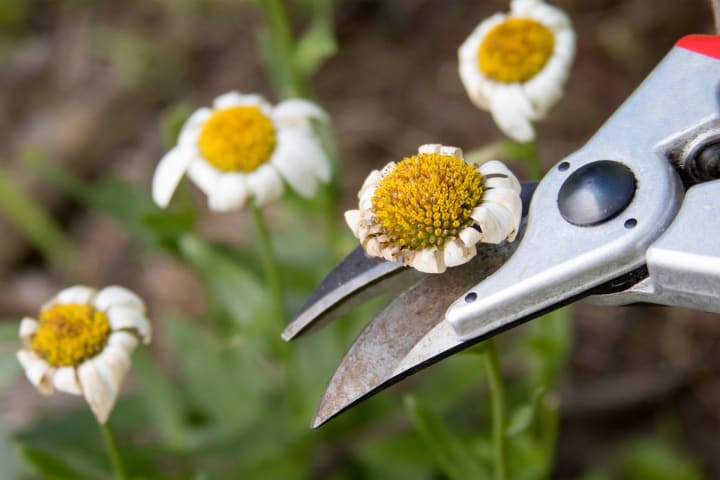
If you live in a wildfire zone, there are some things you can do to protect your home from a fire. Keep your yard well-trimmed and vegetation, like bushes, 100 feet away from your home. Keep trees and bushes 30 feet apart from each other to prevent flames from jumping and spreading. Despite the popular myth, avoid spraying your entire house with water during an active fire. The reason you shouldn’t do this is that by the time you are done doing it, the water on the side you started with has already begun to dry from the heat. It also takes water pressure away from the firefighters who are trying to stop the fire from reaching your house.
The Benefits Of Wildfires
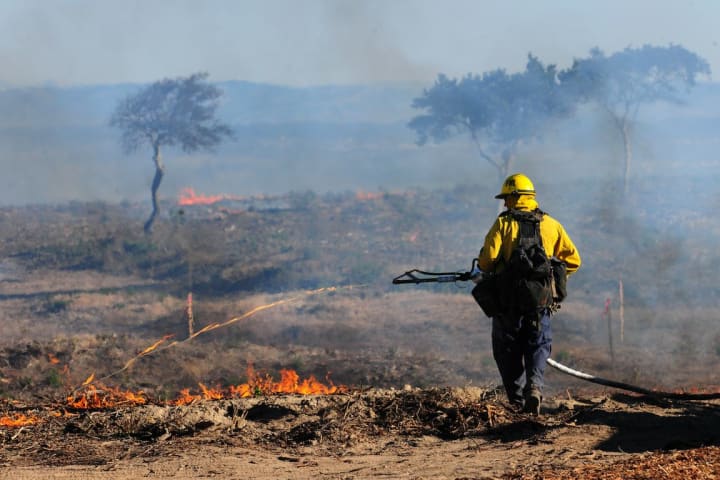
As strange as this sounds, wildfires can greatly benefit and improve an ecosystem. They kill insects and diseases affecting local plant life. It clears up invasive plant species, making room for vegetation native to the area. These native plants now have more room to spread their seeds out, making the forest bigger than it was before the fire. The dead, burnt plant matter adds nutrients to the soil while opening up spaces to allow more sunlight in. Firefighters often perform a task called a controlled burn (a small, contained outdoor fire) to clear up large amounts of dead brush before it can become a threat to the public. These small fires are what prevent the big ones from happening.
About the Creator
M.L. Lewis
Welcome to my little slice of pie. This blog will primarily focus on prepping and homesteading skills with a sprinkle of fiction every now and then.






Comments
There are no comments for this story
Be the first to respond and start the conversation.